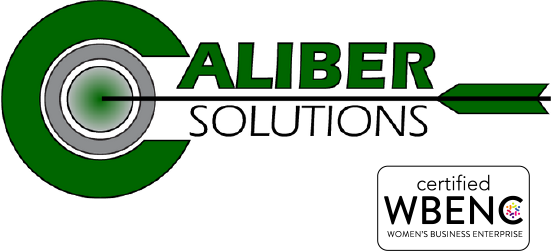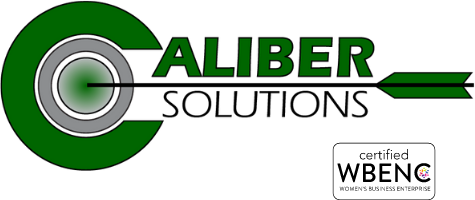We all know it’s important to stay cool in these hot summer months. But did you know your building’s equipment may be battling the high temperatures as well? In fact, without proper maintenance and trained professionals ensuring your equipment is running correctly, you could be in hot water!
Don’t let overheating become a huge problem
Starting with human heat exhaustion, it is well documented that too much heat in the summertime can cause adverse effects on the human body. At Caliber Solutions, we take the health, safety and wellbeing of our team very seriously. That includes ensuring that they have access to plenty of fluids, especially during the summer months in the intense Texas and New Mexico heat. Did you know that if you are feeling thirsty, your body is already dehydrated? A solid rule of thumb is to divide your body weight total in half to determine how many ounces of water you should be drinking per day.
Does your VFD have dust in it?
Heat can be detrimental for building equipment without regular cleaning and maintenance. Variable speed drives (VFD) may live indoors, but that doesn’t mean that heat can’t impact them. In fact, at Caliber Solutions, we see more VFD failures in the summer because of the hot temperatures both inside and outside. When VFDs don’t get serviced regularly, they can collect dust, dirt, and be more impacted by the change in temperature and humidity in the room. A VFD failure can become a huge problem.
When a VFD malfunctions, owners can see anywhere from minor damage leading to hours of labor costs to find the point of failure and fix the problem, to massive fire damage throughout a building. Depending on the level of destruction, people could be at risk and work can be compromised.
So, how can you prevent VFD failures?
Routine maintenance, just like changing the oil in your car, needs to be done. The best way to prevent a VFD failure is to get on a maintenance schedule that includes changing filters and cleaning equipment. This requires a professional with a high-level of technical knowledge and training. The average electrician or cleaning crew may not be equipped to do this.
Frequency of technical cleaning will likely depend on the building, climate control and overall cleanliness. Caliber recommends that VFDs inside buildings with little dust and regular cleaning can potentially only need service every 4-5 years. However, standard practice is that VFDs will need some maintenance every 2 years. The only way to know is to have a professional survey the space and determine the service plan.
At Caliber, our team is trained and ready to install, clean, and maintain VFDs with a focus on prolonging the lifespan of the equipment. With a competitive rate and high level of care for your assets, Caliber’s team will tackle any project, big or small, across industries.


